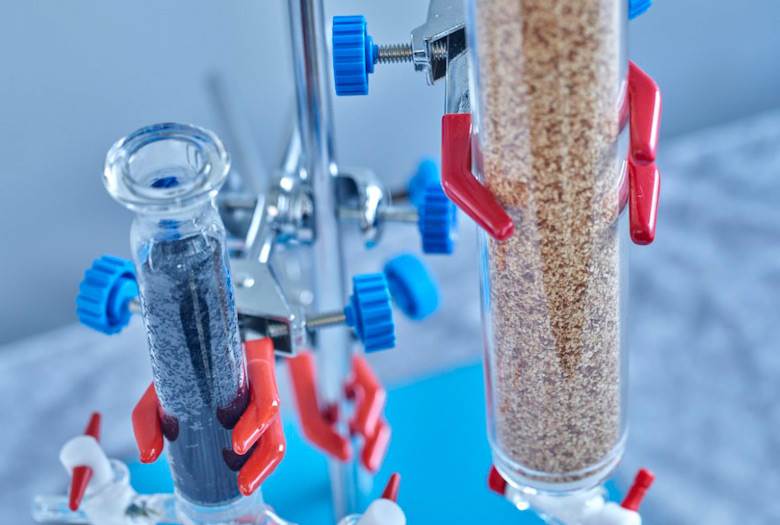System from HKRITA makes dyes and water reusable

Research institute HKRITA has developed a system for removing dye from wastewater from denim mills. The system uses “combinative adsorption and regeneration”, HKRITA has said.
It went on to explain that adsorption of dyes using activated carbon is a common treatment method but one that generates adsorbent that has to be disposed of once it is saturated with dye. This generates solid waste.
In this new project, it has developed “an in-situ physiochemical approach” that combines the regeneration of dyes with the adsorption.
First, the dye wastewater is poured into specially designed apparatus containing metal-doped alumina to act as the adsorbent, trapping dyes commonly used in denim production such as indigo blue and sulphur black. These dyes are negatively charged, while the adsorbent is positively charged.
This process turns the wastewater into a clear and colourless solution.
Once the adsorbent becomes saturated, ozonated water is introduced. The metal oxide on the adsorbent surface facilitates the generation of hydroxyl radicals in the ozonated water. These radicals break the molecular bonds of the dye molecules on the adsorbent, converting them to more harmless substances like water and carbon dioxide.
The adsorbent is regenerated for use in another cycle. According to HKRITA, it can maintain adsorption capacity of more than 90% over ten cycles.
“Its outstanding reusability minimises the disposal of spent adsorbent,” HKRITA has said, “and decomposing dyes into simpler molecules eliminates toxic air emissions.”
The system has an added benefit. The treated water meets the necessary standards for reuse in denim production, contributing to water reuse and reduced water consumption in mills, the research institution said.










